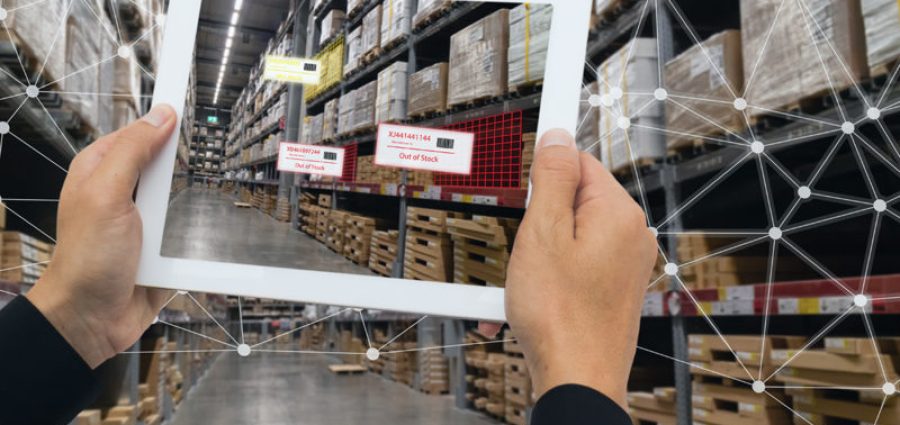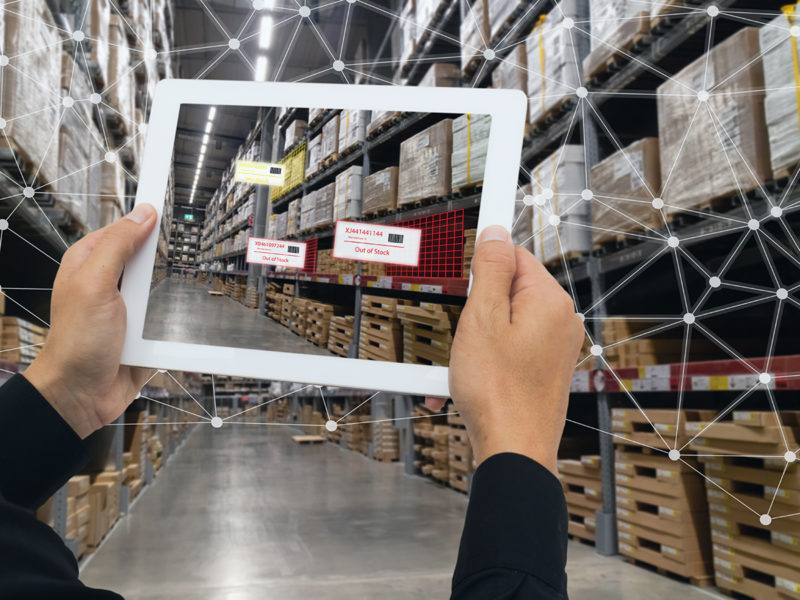Innovation is hard to define. But that didn’t stop us from trying to get beyond generic bromides to analyze what it means in markets that are getting increasingly commoditized – by Amazon Business, new emerging marketplaces and other alternative supply sources. “Innovation in the commercial and industrial space is the equivalent of adding incremental or new value into the value chain,” says J Schneider, vice president of strategy for Dorn, a strategy and consulting firm near Chicago.
But where in the past manufacturers have been heavily product-focused when thinking about innovation, Schneider emphasizes that it’s a very different landscape today. We discuss what innovative value-adds look like today – the types of innovation beyond the product that can differentiate your company from competitors.
In this first of our three-part series on innovation, we explore this evolving definition of innovation and how to make it part of your business model and culture. In the next episode, we’ll look at how distributors can partner with manufacturers to drive shared innovation and differentiation. We also offer some prescriptive steps to adding incremental value by developing a culture of innovation. And we’ll wrap it up in the third episode with more detail on ways that distributors can pursue innovation on their own if their key suppliers are still focused on selling products and providing little support.
One of the observations Schneider shares that I find insightful is that leading distributors and manufacturers in commercial and industrial markets today are taking a more circular approach to innovation. “It was kind of a linear path,” Schneider says. “Start with an idea, put it in a think tank for a while, give it to my R&D mad scientist and a year later out pops this great new widget that you hope will sell.”
“But the reality is that it’s becoming a much more iterative process,” he says. “It’s more like these evolving steps in driving value to the end-user. So when you start understanding where culture plays a big part, and your corporate vision and strategy about ‘how do we think about innovation within our own company,’ whether a big or small company, large or small distributor – how can we develop and design innovative strategies that don’t have to solve the whole problem today? Rather, how do we move toward a better solution for both the company and our customers that drive value across the whole chain. That’s a big difference than even 10 or 15 years ago.”
In addition to this series, we’re ramping up the mdm podcast in 2020 with some great programming and topics ahead – executive interviews, the rise of digital platforms, the state of M&A in distribution and more. Stay tuned, and please send me your ideas for who and what you’d like to hear about in 2020. Use the comment area below or email me at tom@mdm.com. I always value your comments.
Related Posts
-
In this second of our three-part conversation on innovation in distribution, J Schneider of strategy…
-
Though the fallout for distributors from COVID-19 continued to be a hot topic in April,…
-
Products, features and benefits. How are we doing (or not doing) on monthly goals set…




